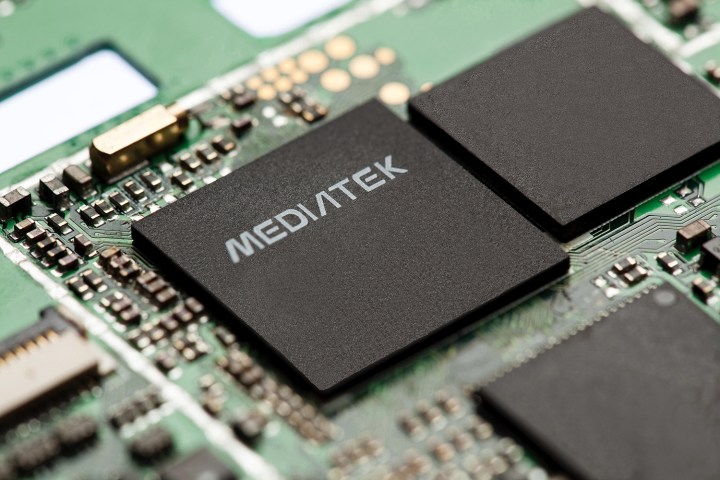
The Helio P23 and P30 are what is known as SoCs — industry parlance for “systems on a chip.” They are packed to the brim with every component necessary to power a smartphone, like support for dual SIM cards and dual 4G LTE radios. But there is more to them than meets the eye.
The P23 and P30 are both octa-core processors built on 2.3GHz Arm Cortex-A53 cores and the Mali G71 MP2 GPU and they have MediaTek’s CorePilot technology onboard. CorePilot 4.0, the newest generation, monitors the chips’ temperatures to ensure a “high-performance” and “reliably consistent” user experience, according to MediaTek.
On the photography end of things, the P23 and P30 can power dual cameras up to 16 megapixels in resolution (13 megapixels in the P23’s case). And they ship with MediaTek’s Imagiq 2.0 technology suite, which helps minimize aliasing (the wavy lines on background patterns), reduce chromatic aberration (the fringes around the edges of photos), and eliminate grain and noise in pics and selfies.
Those are not the only photo-snapping tricks up the chips’ sleeves. A new dedicated camera control unit (CCU) boasts an “auto exposure convergence speed” that is up to twice as fast as the competition, and a vision processing unit (VPU) reduces the load on the phones’ GPU and CPU at a tenth of the power usage.
The P23 and P30 are no slouches when it comes to wireless, either. MediaTek claims the P23 is the first in the world with dual SIM, dual 4G VoLTE (voice over LTE) support, and both chips come with the latest generation of 4G LTE WorldMode modem, which supports speeds up to 300Mbps download and 150Mbps upload. Another feature, TAS 2.0, intelligently switches between antennas to optimize signal quality.
“Reaching the mid market means bringing people affordable devices that power and perform with the latest features, like dual cameras and 4G LTE connectivity,” TL Lee, general manager of MediaTek’s Wireless Communication business unit, said in a statement. “In the rapidly growing arena of new premium mid-range devices, mobile technology innovators know that they need to stand out in a crowded field — P23 and P30 enable them to do that.”
The Helio P23 and P30 come to market later this year. The P30 will be available globally starting in the third quarter of 2017 and the P30 will launch first in China.


